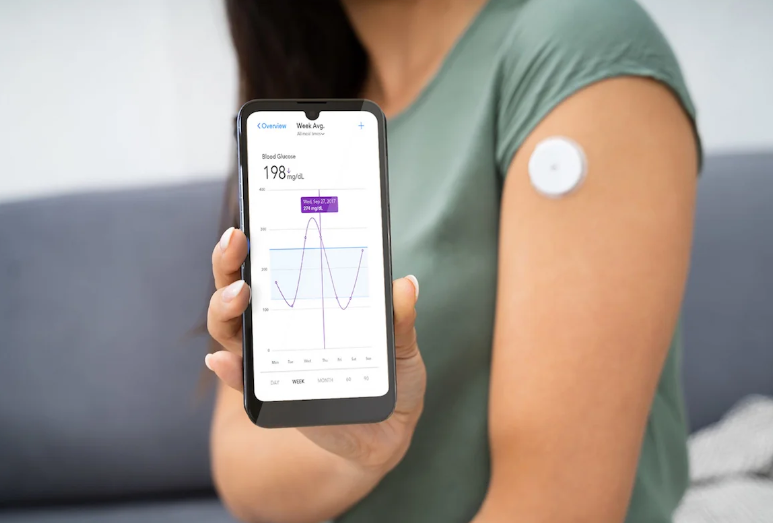
image credits: shutterstock
A team of researchers at the Indian Institute of Technology (IIT) Jodhpur has created a unique system, where smartphones can be used to test glucose levels in patients to provide quick, and easy-to-access testing results.
The entire system connects a paper-based analytical device to any smartphone using an Android app, which allows for the detection of the sample for glucose (with a concentration range of 10−40 mM).
Paper-based analytical devices (PADs) are portable devices that have revolutionised point-of-need testing and can quickly assess biochemical samples. The device comes with a lab-based functionalised biodegradable paper that alters its hue based on the level and amount of glucose present. By connecting it to a smartphone, the researchers have made the entire process of tracking glucose levels even faster and more personalised.
This device is aimed to be developed for the personal use of the public. It can provide on-the-spot glucose testing results without requiring technical or sophisticated laboratory settings. Additionally, it is designed to be cost-effective and biodegradable, with the current cost of it at only ~ Rs 10 in the lab. The team hopes to further make it even cheaper during mass production, at Rs 5.
A major hindrance when it comes to PADs is that they need specific light conditions to work. However, this system developed by the researchers completely does away with that disadvantage and allows for the PAD to work, and transmit information to smartphones under nearly all possible light conditions.
By using artificial glucose samples, various images of the coloured samples were processed using a machine learning application, to develop the smartphone app. This ensured that the intensity of colour from the PAD was not influenced by the light condition and the type of camera in a smartphone. Thus, the PAD can be connected to any smartphone with varying camera optics.